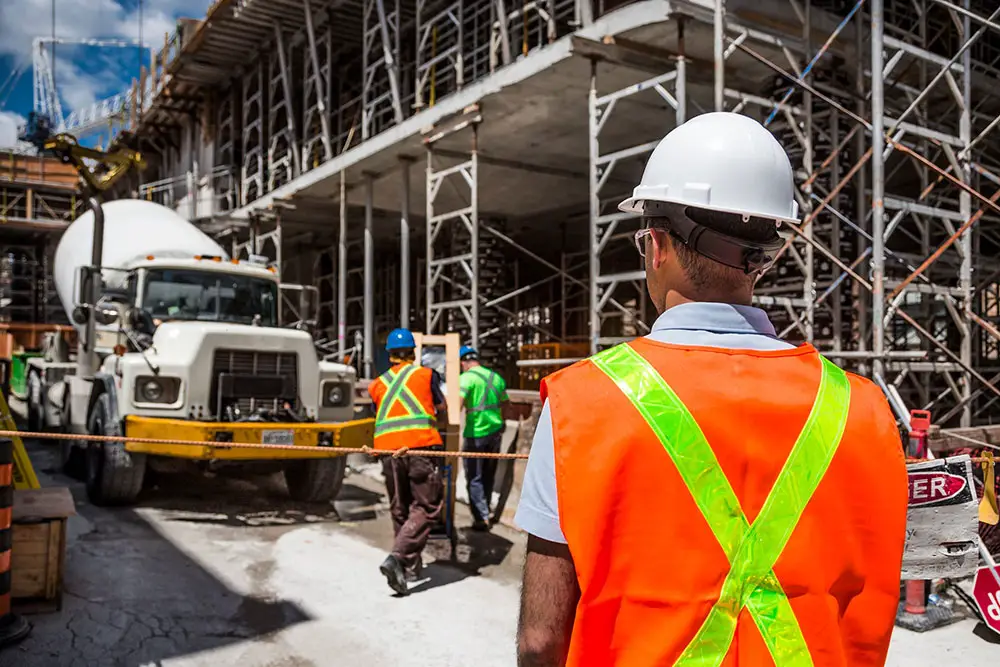The construction industry accounts for half of the most dangerous jobs in the United States according to a recent report by AdvisorSmith, a business insurance analysis firm. According to the report, twelve out of the 25 most dangerous jobs are in the construction industry. The level of danger, in this case, is determined by the number of people who die at work.
Among the jobs that are perceived to be more dangerous in the construction industry include roofers, derrick workers, crane operators, ironworkers, highway and general maintenance workers, landscaping supervisors, cement masons, and mining machine, operators.
Significant improvement in safety standards
Overall, there has been a significant improvement in safety levels for both fatal and nonfatal injuries in the construction industry with fatal cases dropping by 30% between 1992 and 2015. This is according to another report by the Center for Construction Research and Training (CPWR).
According to the AdvisorSmith report, self-employed workers are 3.3 times more like to die at work to their hourly and salaried counterparts. The report says there are 2.9 deaths in every 100,000 salaried and wage workers. On the other hand, there are 9.4 fatalities in every 100,000 self-employed workers.
The improvement in safety levels has been attributed to the industry’s move to adopt a zero-tolerance policy to hazardous working conditions as well as an increased focus on safety. The report further found that the majority of the most dangerous jobs offer average salaries below the May 2019 annual mean wage of $53,490. In addition, companies that have workers in dangerous working environments have signed up to workers’ compensation insurance premiums which are higher than the national averages.
Across the economy, there has been a 9% increase in deaths at workplaces from 4,821 in 2014 to 5,250 in 2018. This rise was reported during a period of increased employment, which went up by around 2.2%.
